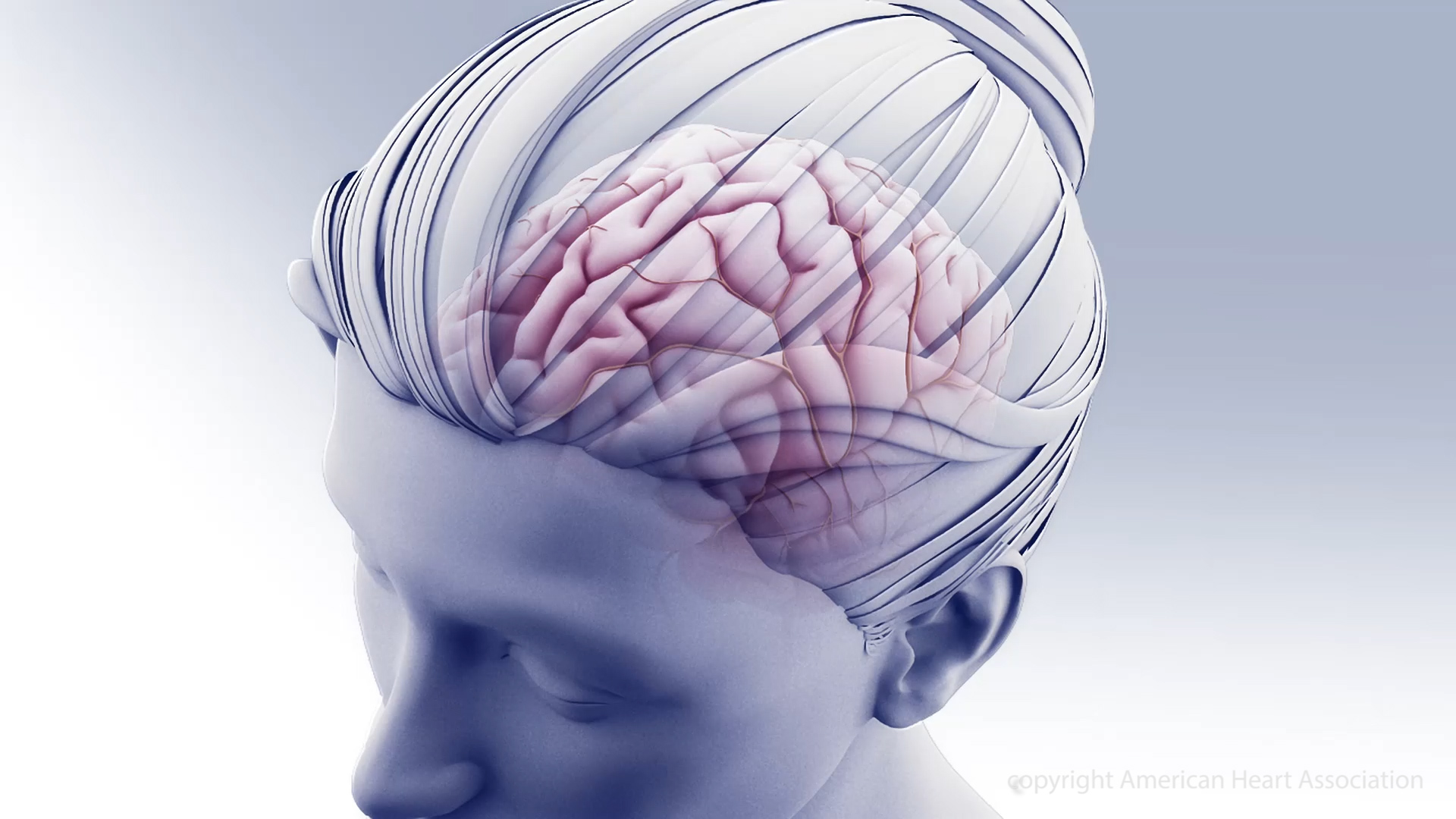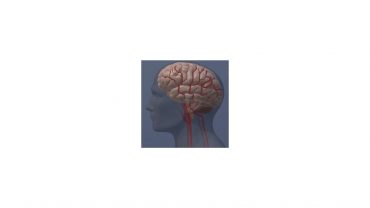Research Highlights:
- Researchers estimate that 91% of the U.S. population can reach an acute stroke ready hospital, primary stroke center or comprehensive stroke center within an hour by ambulance to receive life-saving care, and if telestroke-capable emergency departments are included, that number rises to 96%.
- The increased use of telestroke across the country provides wider access to acute stroke expertise without delay, helping to close previous gaps in regional stroke care access.
Embargoed until 4 a.m. CT/5 a.m. ET Thursday, Feb. 3, 2022
 (NewMediaWire) – February 03, 2022 – NEW ORLEANS – Nearly all people in the U.S. can access life-saving stroke care within an hour by ambulance, no matter where they live in the country, according to preliminary research to be presented at the American Stroke Association’s International Stroke Conference 2022, a world premier meeting for researchers and clinicians dedicated to the science of stroke and brain health to be held in person in New Orleans and virtually, Feb. 8-11, 2022.
(NewMediaWire) – February 03, 2022 – NEW ORLEANS – Nearly all people in the U.S. can access life-saving stroke care within an hour by ambulance, no matter where they live in the country, according to preliminary research to be presented at the American Stroke Association’s International Stroke Conference 2022, a world premier meeting for researchers and clinicians dedicated to the science of stroke and brain health to be held in person in New Orleans and virtually, Feb. 8-11, 2022.
Ten years ago, national data suggested that about 1 in 5 people in the U.S. (20%) could not access the level of timely stroke care that may save their life or prevent future disability. Since then, the addition of more hospitals with the specialized staff, tools and resources to provide advanced stroke care and the increased use of telestroke services (a remotely located stroke neurologist evaluates and provides recommendations for patients with stroke in an emergency department via interactive videoconferencing) has expanded in hospitals across the country, connecting small and rural hospitals with stroke neurologists at specialized stroke care centers ready to provide remote stroke consultations around the clock.
“Investments in improving stroke systems of care have been successful, and we are seeing improved access to stroke expertise and improved health care for patients who are remote from centers of expertise, so it’s a message of hope,” said Kori S. Zachrison, M.D., M.Sc., lead study author and an associate professor of emergency medicine at Massachusetts General Hospital and Harvard Medical School, both in Boston. “There is a narrow window of time for delivering disability-reducing stroke treatments. Improving post-stroke outcomes for patients depends on a patient’s ability to access that care. With increased implementation of telestroke, optimal stroke care has been made possible for an estimated 96% of the U.S. population, which is remarkable, considering the geographic span of our country.”
The aim of the new research was to provide an up-to-date summary of stroke centers and emergency departments equipped with telestroke units and determine the proportion of the U.S. population with access to these facilities. Researchers accessed data from the 2020 U.S. Census Bureau combined with the 2019 National Emergency Department Inventory, a compilation of all emergency departments across the nation. Data from these sources included location, stroke center status and an availability of telestroke services. Using the 2019 National Emergency Medical System Information data, they calculated driving times from every census block in the country to the nearest emergency department with telestroke capacity or the nearest acute stroke ready or primary or comprehensive stroke center (a hospital equipped to deliver time-sensitive emergency stroke care).
The analysis found:
- Of the 5,587 emergency departments nationwide, 46% are in an acute stroke ready hospital or stroke center. Of these, 55% also have telestroke services.
- Of the 3,024 (54%) emergency departments that are not in an acute stroke ready hospital or stroke center, 36% have telestroke services.
- Researchers estimate that 91% of the U.S. population can reach an acute stroke ready hospital or stroke center within an hour by ambulance, receiving life-saving care, and if telestroke-capable emergency departments are included, that number rises to 96%.
- The percentage of the population without access to a stroke center or telestroke-capable emergency department varied by region, from 1% in the Middle Atlantic to 9% in the West Mountain portions of the country (Arizona, Colorado, Idaho, New Mexico, Montana, Utah, Nevada, and Wyoming).
“Unfortunately, geography plays a role in access to health care – if you live in rural areas your access to advance stroke care is not as available as if you live in the middle of Boston or New York City, for example. Through telestroke, we have been able to begin to close geographic disparities and improve access to optimal care by bringing stroke expertise to patients where they are – this is profound,” Zachrison said.
In May 2020, stroke experts from the American Heart Association’s Stroke Council issued new guidance, “Pre-hospital Triage of Acute Stroke Patients During the COVID-19 Pandemic,” to establish protocols that optimize handling suspected stroke cases before they arrive at a hospital during the ongoing COVID-19 crisis and future pandemics. One of the goals included increased interactive videoconferencing (telestroke) networks to assess and provide treatment as quickly as possible. An American Stroke Association Policy Statement, Recommendations for the Establishment of Stroke Systems of Care: A 2019 Update, also recognized the value and cost-effectiveness of telestroke in providing more equitable access to advanced stroke care.
Co-authors are Rebecca Cash, Ph.D.; Opeolu Adeoye, M.D., M.S.; Krislyn M. Boggs, M.P.H.; Lee H. Schwamm, M.D.; Ateev Mehrotra, M.D., M.P.H.; and Carlos A. Camargo Jr., M.D., Dr.P.H. The list of authors’ disclosures is available in the abstract.
The study was funded by the Agency for Healthcare Research and Quality and the National Foundation of Emergency Medicine.
Statements and conclusions of studies that are presented at the American Stroke Association and American Heart Association’s scientific meetings are solely those of the study authors and do not necessarily reflect the Association’s policy or position. The Association makes no representation or guarantee as to their accuracy or reliability. Abstracts presented at the Association’s scientific meetings are not peer-reviewed, rather, they are curated by independent review panels and are considered based on the potential to add to the diversity of scientific issues and views discussed at the meeting. The findings are considered preliminary until published as a full manuscript in a peer-reviewed scientific journal.
The Association receives funding primarily from individuals; foundations and corporations (including pharmaceutical, device manufacturers and other companies) also make donations and fund specific Association programs and events. The Association has strict policies to prevent these relationships from influencing the science content. Revenues from pharmaceutical and biotech companies, device manufacturers and health insurance providers and the Association’s overall financial information are available here.
Additional Resources:
The American Stroke Association’s International Stroke Conference (ISC) is the world’s premier meeting dedicated to the science and treatment of cerebrovascular disease. ISC 2022 will be held in person in New Orleans and virtually, Feb. 8-11, 2022. The three-day conference will feature more than 1,500 compelling presentations in 17 categories that emphasize basic, clinical and translational sciences as research evolves toward a better understanding of stroke pathophysiology with the goal of developing more effective therapies. Engage in the International Stroke Conference on social media via #ISC22.
About the American Stroke Association
The American Stroke Association is devoted to saving people from stroke — the No. 2 cause of death in the world and a leading cause of serious disability. We team with millions of volunteers to fund innovative research, fight for stronger public health policies and provide lifesaving tools and information to prevent and treat stroke. The Dallas-based association officially launched in 1998 as a division of the American Heart Association. Connect with us on stroke.org, Facebook, Twitter or by calling 1-888-4STROKE.
###
For Media Inquiries and AHA Expert Perspective:
AHA Communications & Media Relations in Dallas: 214-706-1173; ahacommunications@heart.org
Karen Astle: 214-706-1392; karen.astle@heart.org
For Public Inquiries: 1-800-AHA-USA1 (242-8721)
heart.org and stroke.org
